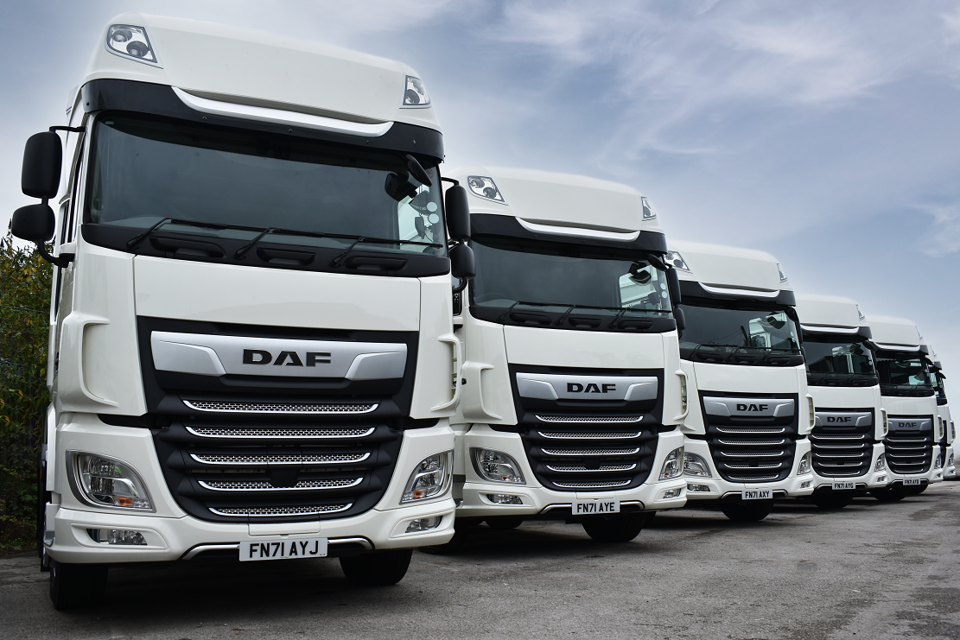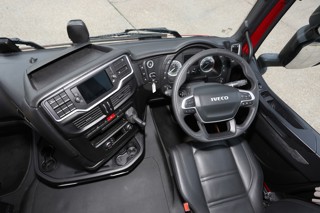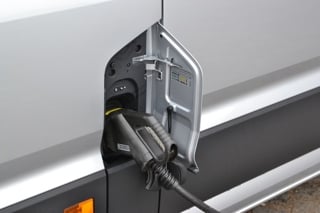HGV registrations grew by 12.9% in 2021, but remain 16.9% down on the pre-pandemic average.
A total of 37,163 new HGVs were sold last year despite ongoing supply challenges with steel, aluminium and semiconductors.
Rigid trucks made up the bulk of registrations, accounting for 57.1% of the total, while artics accounted for 42.9% of new truck sales.
The Society of Motor Manufacturers and Traders (SMMT) said this is in line with market splits seen in previous years, though both segments grew with 2,239 more rigids (up 11.8%) and 2,006 more artics ( up 14.4%) registered than in 2020.

As construction began to bounce back during the year, tipper demand rose by 32.5% to 3,808 units. Tractor units were the most popular type of HGV, with 15,679 units (up 16.0%) representing a market share of 42.1%, while refuse trucks increased by 2.0% to 2,067 units. Conversely, box van registrations fell slightly, by 1.2% to 4,054 units, while curtain-sided lorries declined by 6.3% to 2,452 units.
Mike Hawes, SMMT Chief Executive, said: “With so much of our economy dependant on HGVs, the market’s return to growth is good news as getting more of the latest, high tech and low emission trucks onto the roads is critical to both air quality and climate change improvements. However, the sheer variety of functions HGVs perform, in logistics, construction and waste collection to name but three, illustrates how a range of technologies may be necessary to decarbonise road transport.
“Manufacturers are investing billions in such technologies, including battery electric, hydrogen and other alternative fuels but operators will need clarity, affordability and evidence on an infrastructure plan dedicated to their needs if this transition is to be delivered on time.”

New non-zero emission HGV sales will end in 2040 – just five years after the end of sale date for non-zero emission new cars and vans. While the passenger car market is largely focused on one technology – electric – to meet driver needs, with a massive choice of models already available, the SMMT highlights that there is no single zero emission technology appropriate for all HGV use cases.
The organisation also points out that there is no plan to create the necessary public recharging or refuelling infrastructure specifically for HGVs and drivers to enable the transition. As a result, fossil fuel vehicles still accounted for 99.8% of HGVs in use in 2020.
























Login to comment
Comments
No comments have been made yet.